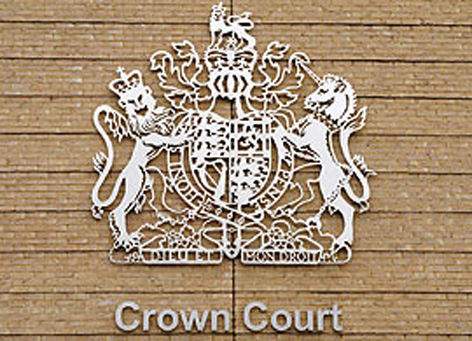Cyber attacks are on the rise and more sophisticated
Malicious attacks on networks continued to grow at an alarming rate over the past year, according to a new report by Arbor Networks.

Malicious attacks on networks continued to grow at an alarming rate over the past year, according to a new report by Arbor Networks.
Online networks suffered their heaviest brute force attacks to date this year, with more sites than ever coming under sustained assault.
IP networks were bombarded by distributed denial of service (DDoS) attacks attempts to make networks unreachable by flooding them with traffic as intense as 40Gbps, according to a survey of 70 IP network operators worldwide.
The growth in attack size continues to significantly outpace the corresponding increase in underlying transmission speed and infrastructure investment, said Danny McPherson, chief security officer for Arbor Networks, specialists in secure service control solutions for business networks.
Arbors fourth annual Worldwide Infrastructure Security Report also found that in addition to a notable increase in the number of attacks against network infrastructure, smaller and more sophisticated attacks including service-level and application-targeted attacks, DNS poisoning and route hijacking were more difficult to manage than larger, brute force attacks and could cause a serious disruption to network service or enable further compromise.
Detection of application layer attacks is more difficult than with flood based attacks, added Mr McPherson. Providers need to have deep application insight into IP services and applications such as DNS, HTTP, VoIP, IM and P2P in order to identify, and mitigate such attacks.
Although network infrastructure is under constant attack, bots and botnets still rank highest as the largest problem facing network operators. Botnets malicious software continue to be the primary vehicle for delivering the biggest hindrance to network operations and security engineers, accounting for 26 per cent of attacks, followed closely by DNS cache poisoning a maliciously created situation that provides data to a domain name server that did not originate from authoritative DNS sources (23 per cent) and BGP route hijacking the illegitimate takeover of groups of IP addresses by corrupting Internet routing tables (15 per cent).
Miscreants continue to ramp up their sophistication to infiltrate and disrupt network resources, said Michael Suby, director of Stratecast (a division of Frost & Sullivan). This annual report confirms the evolving nature of threats and the challenges they present to service providers worldwide.


